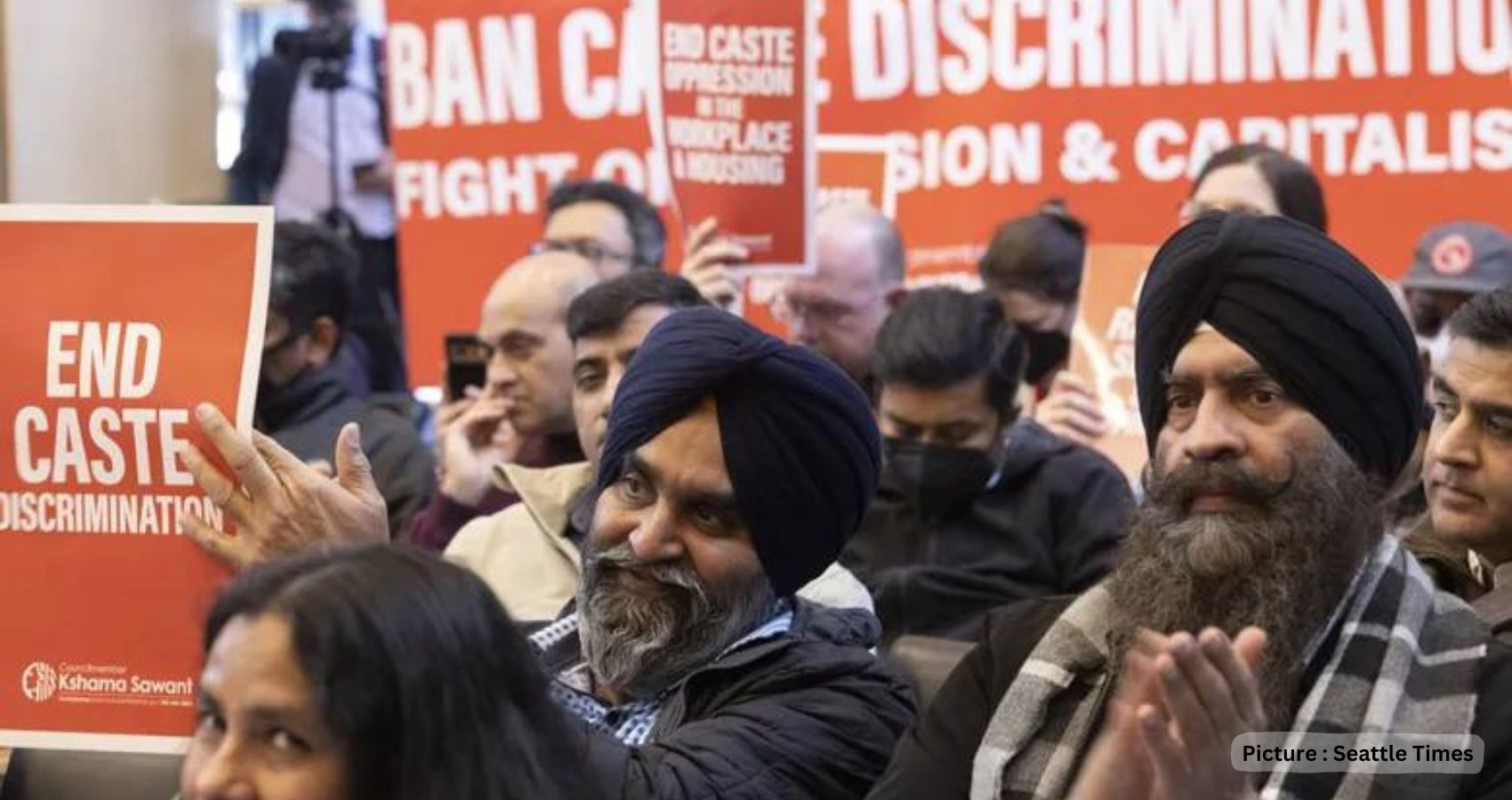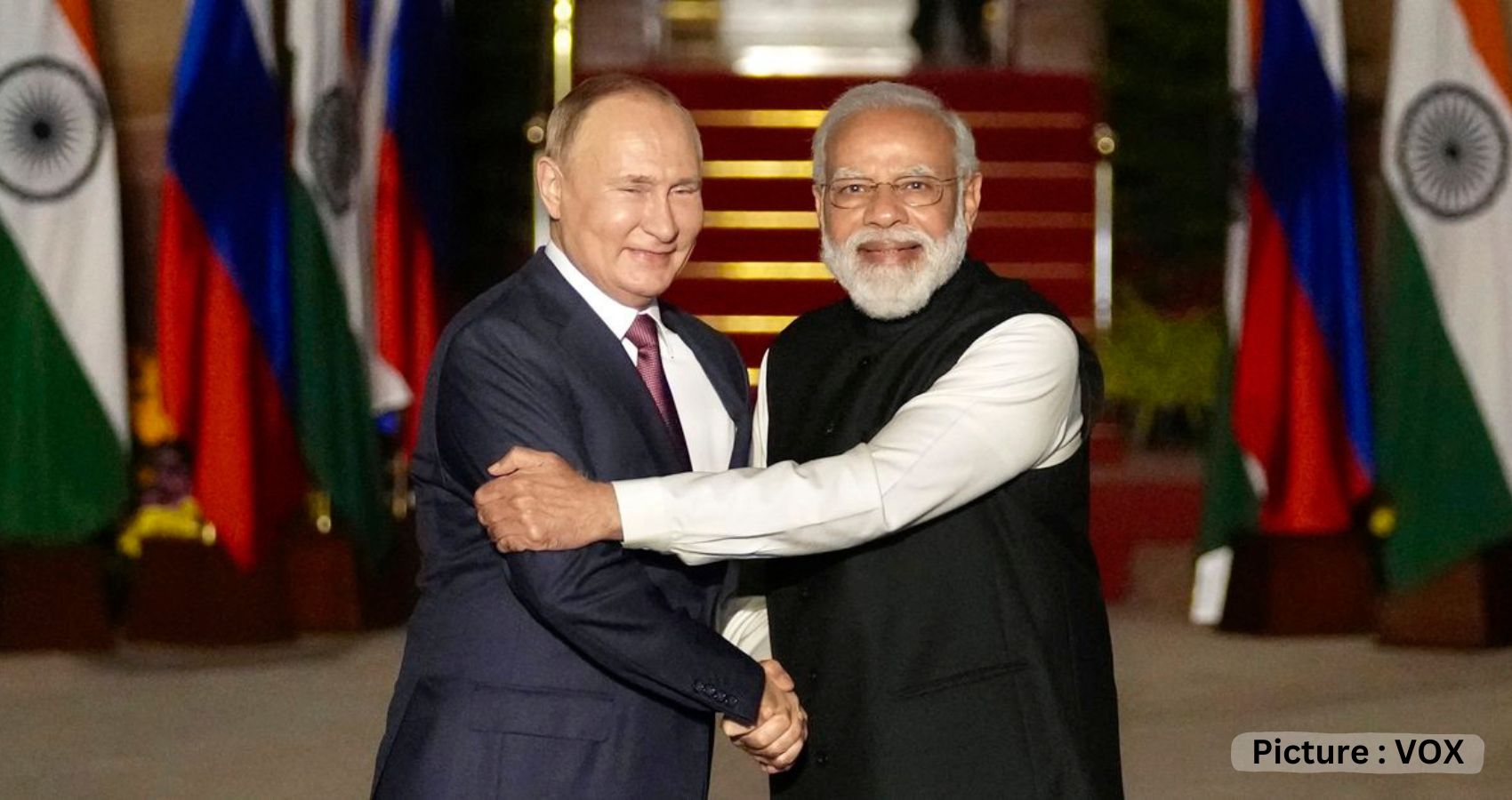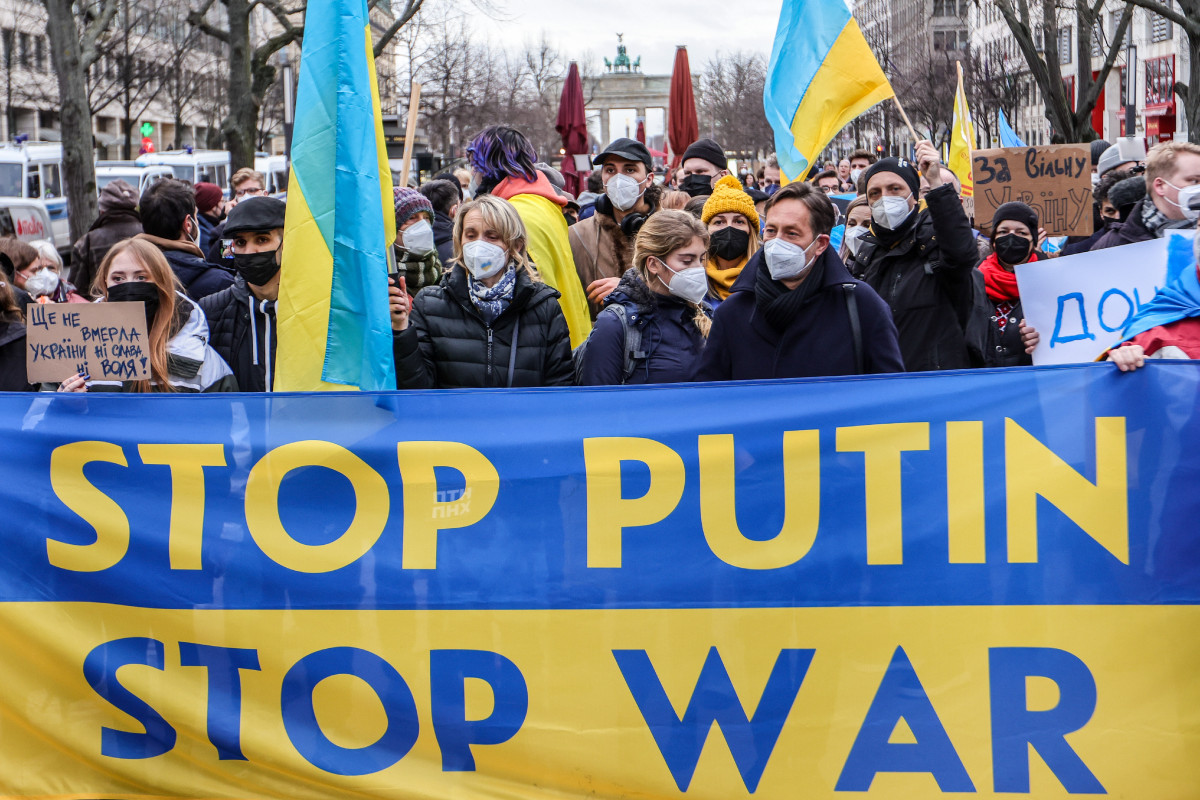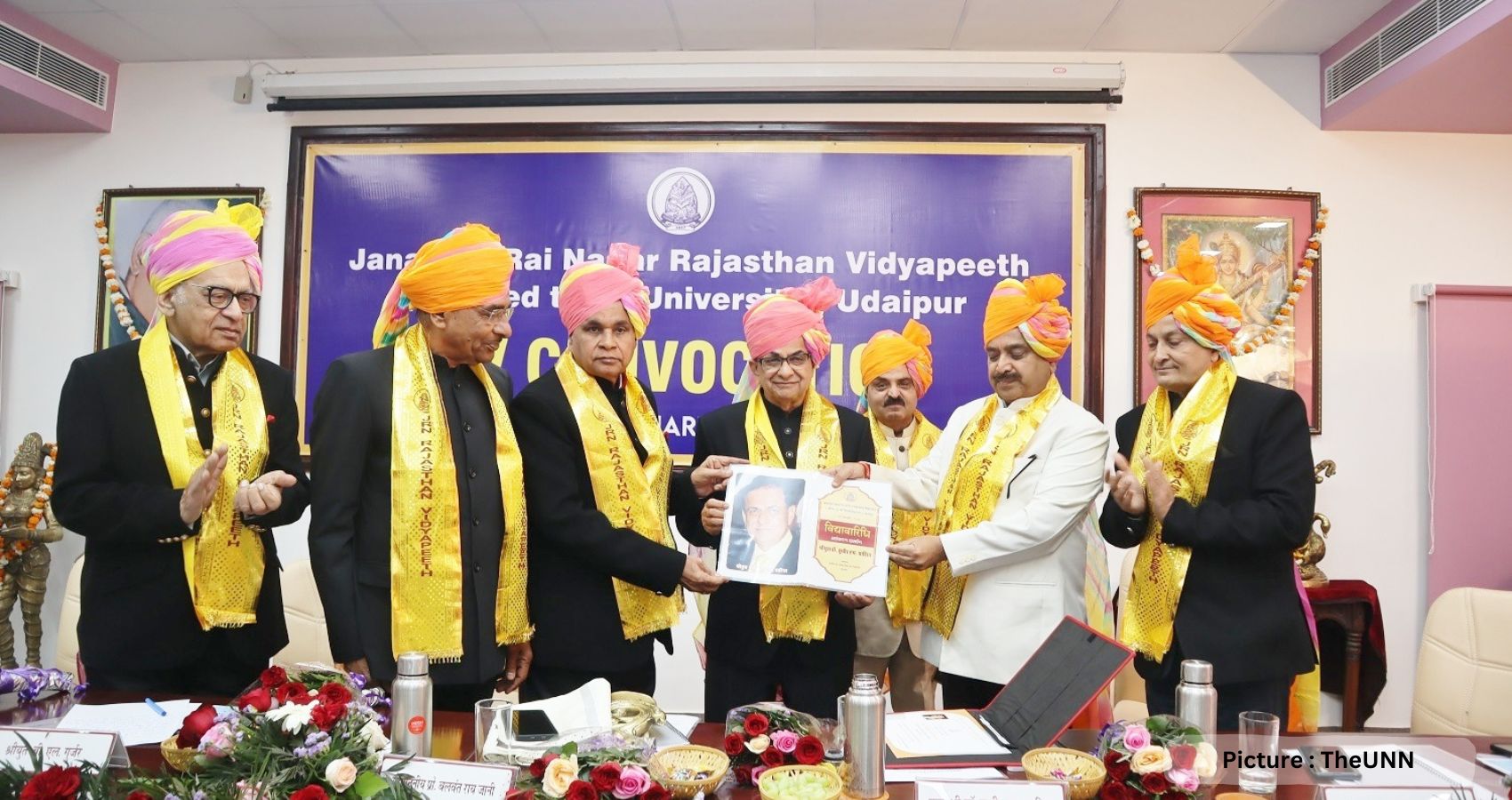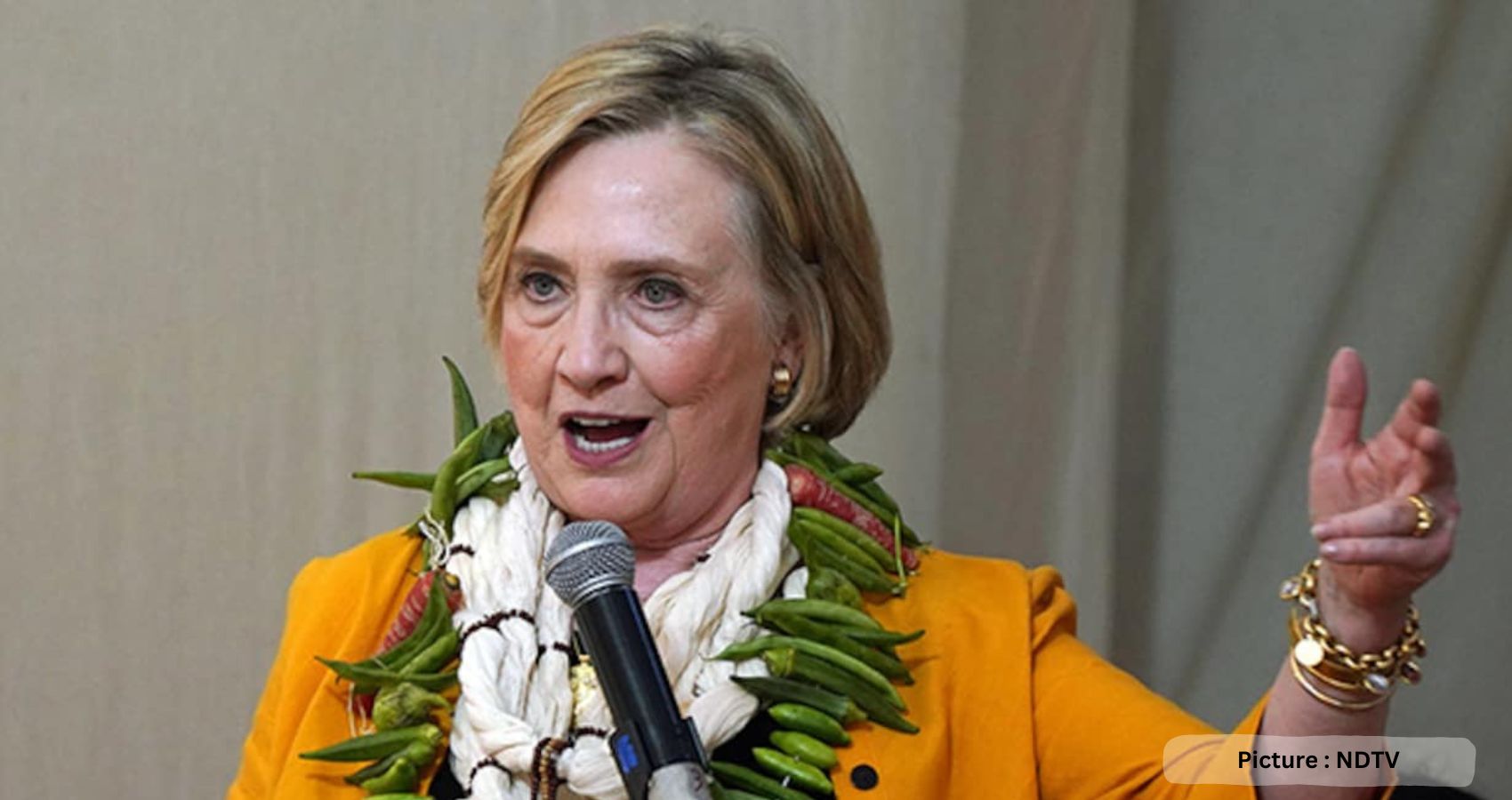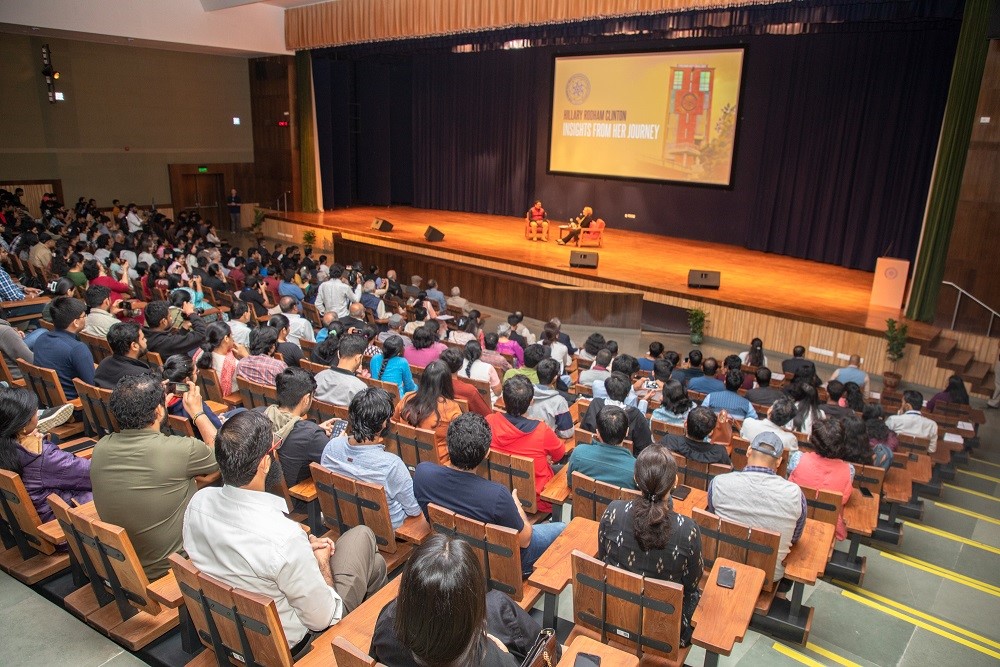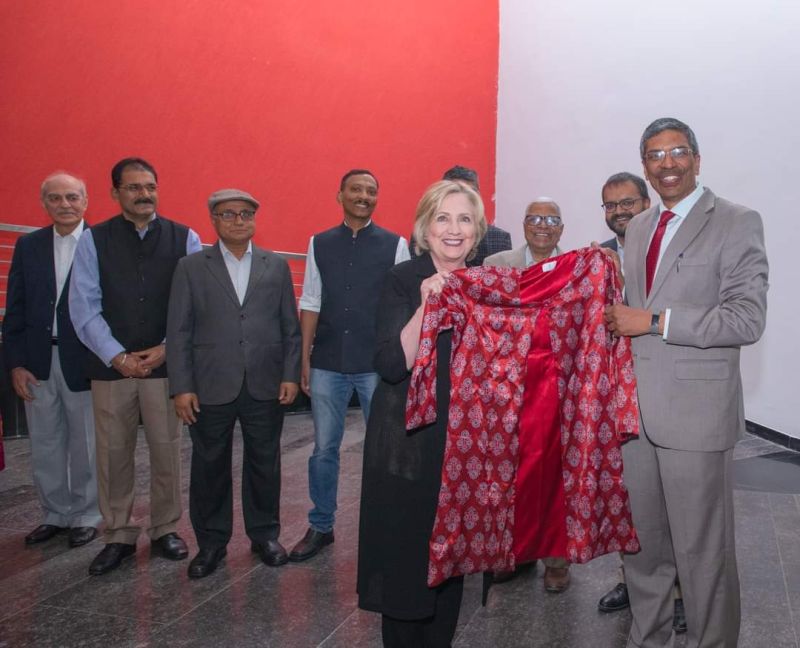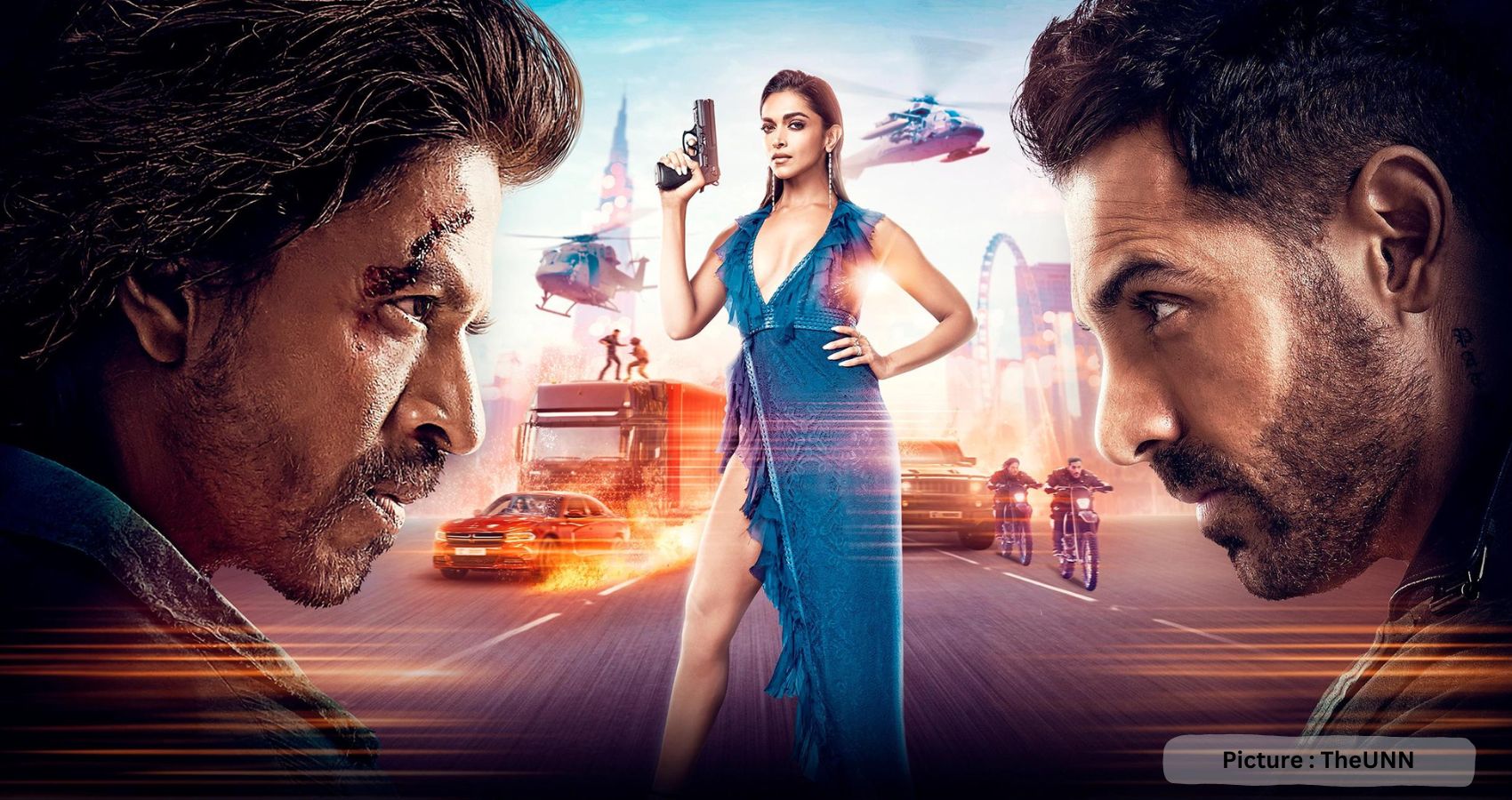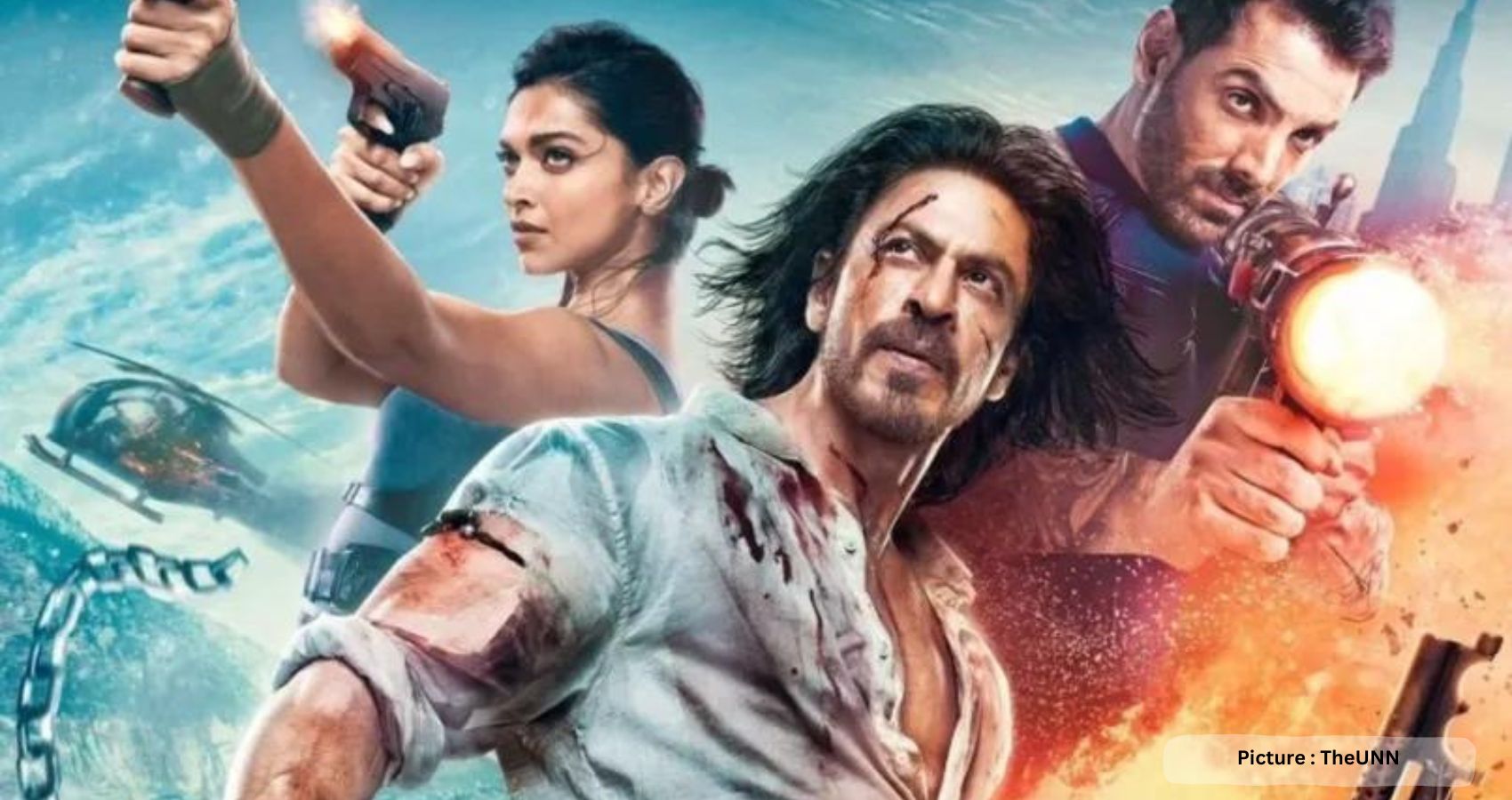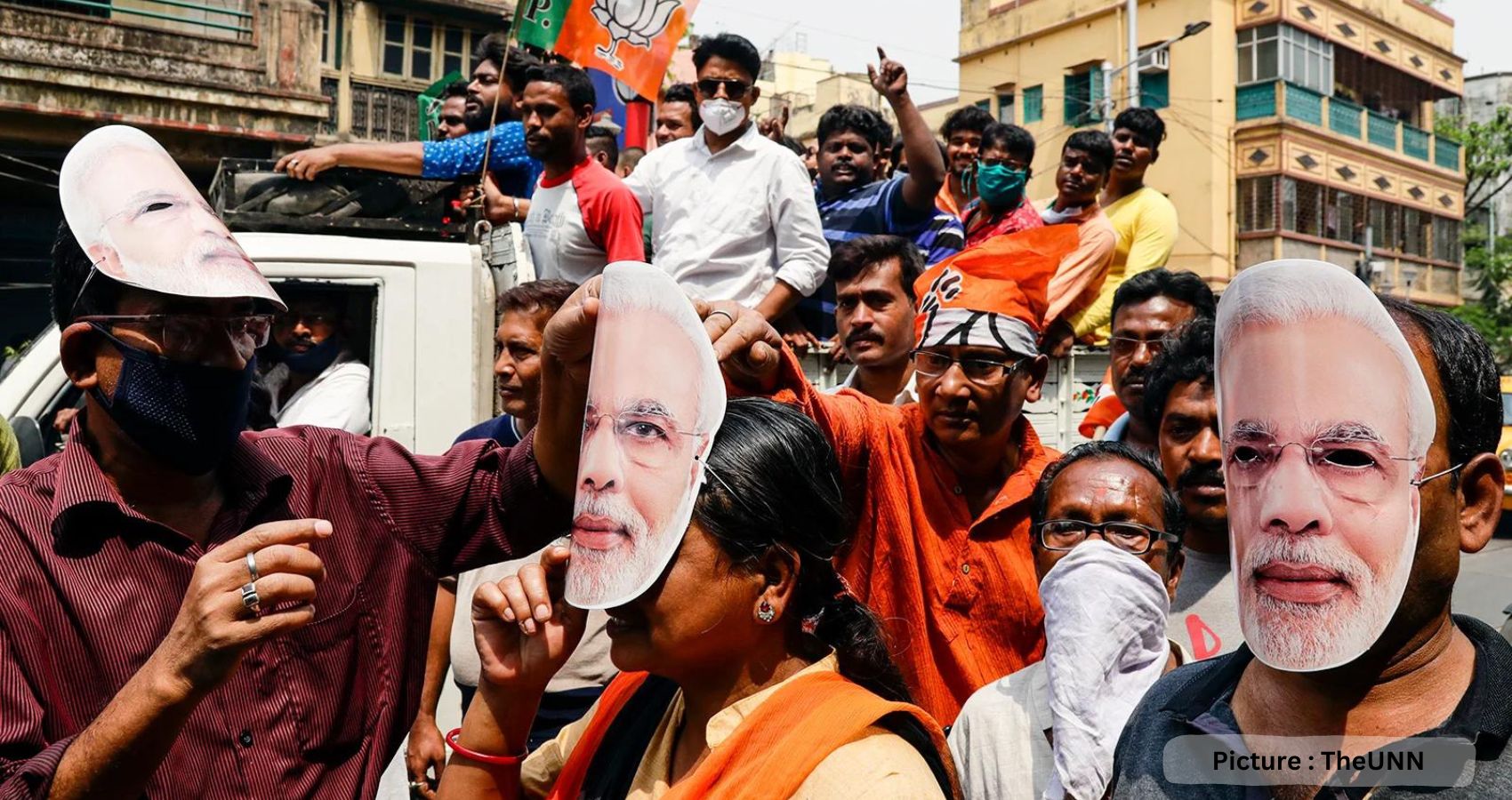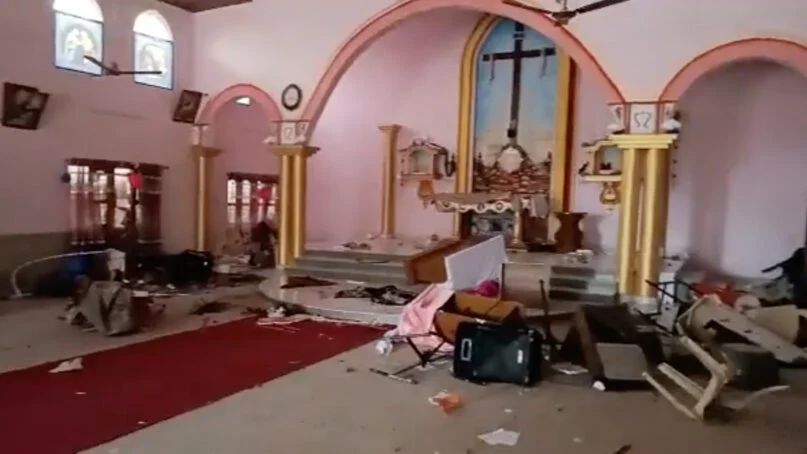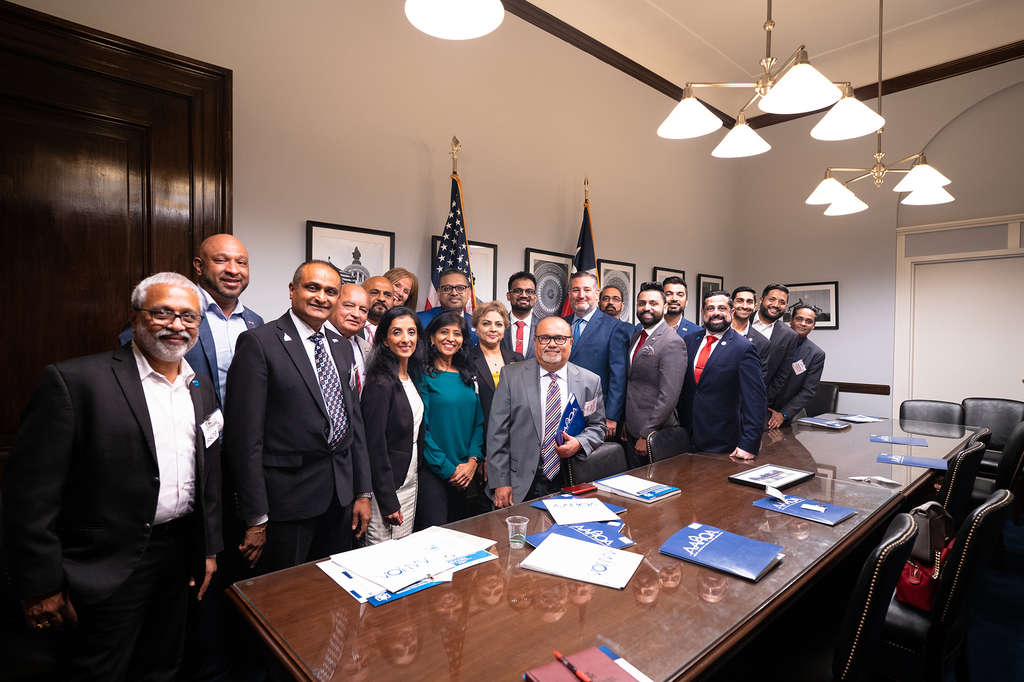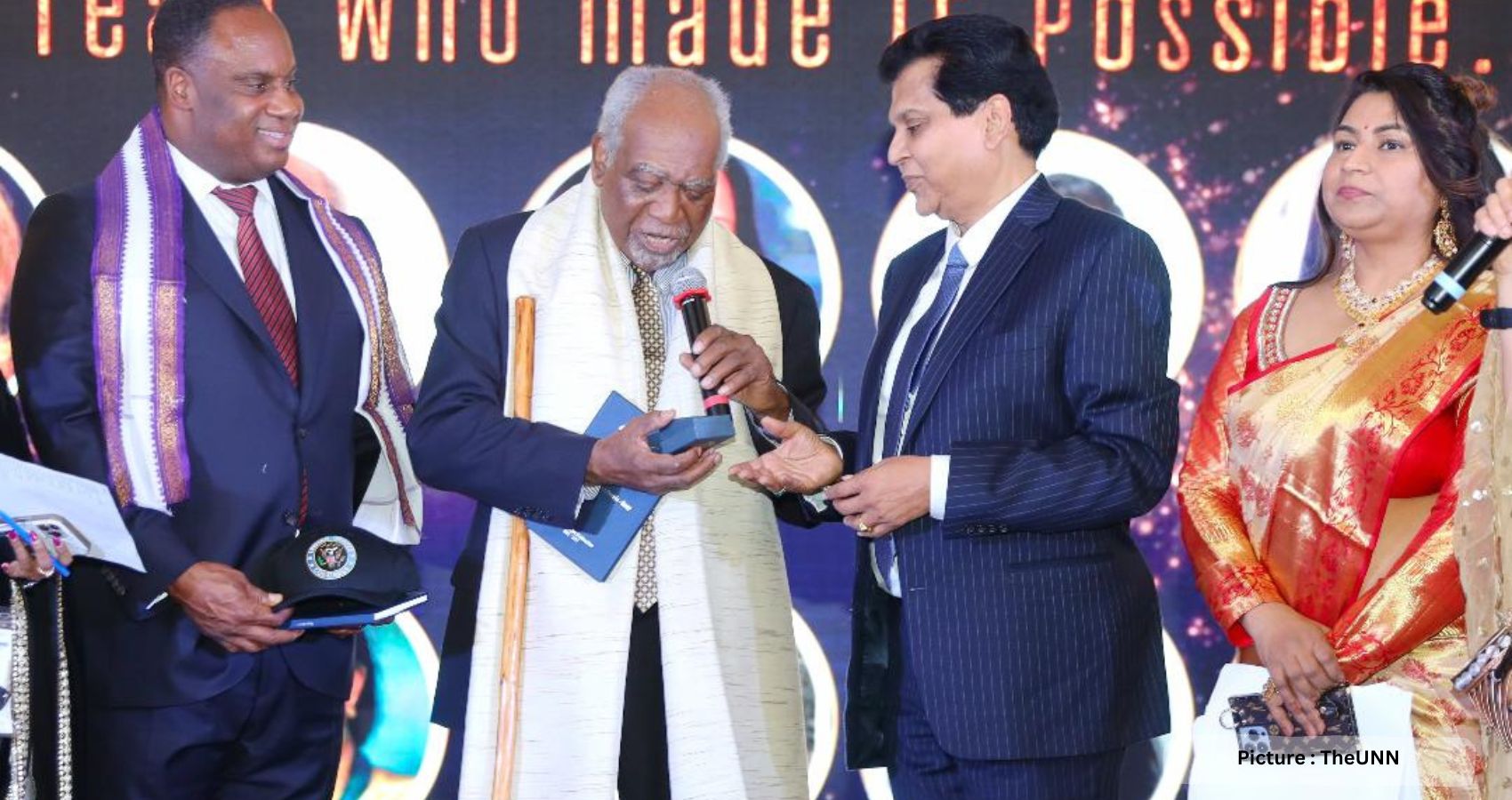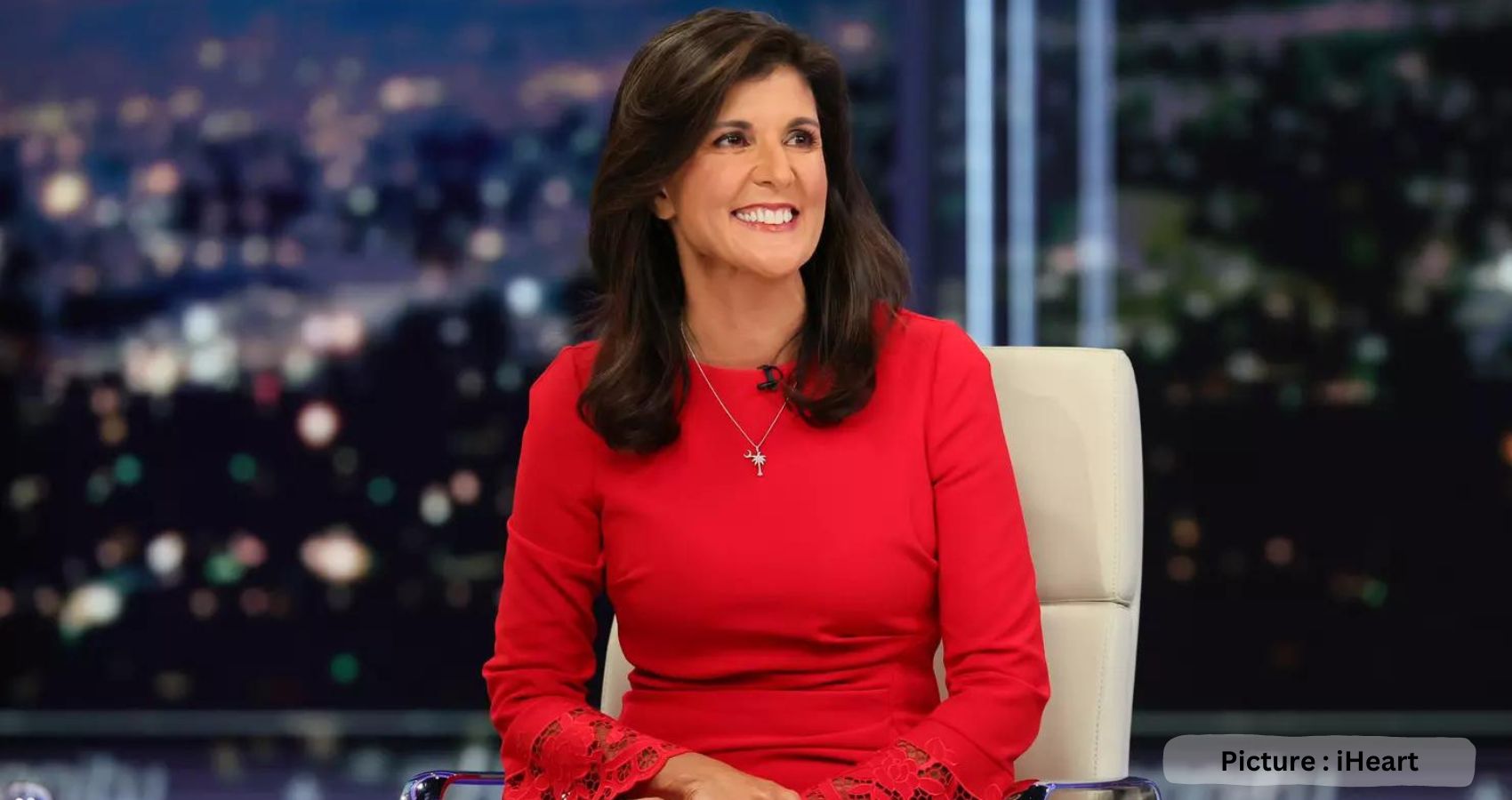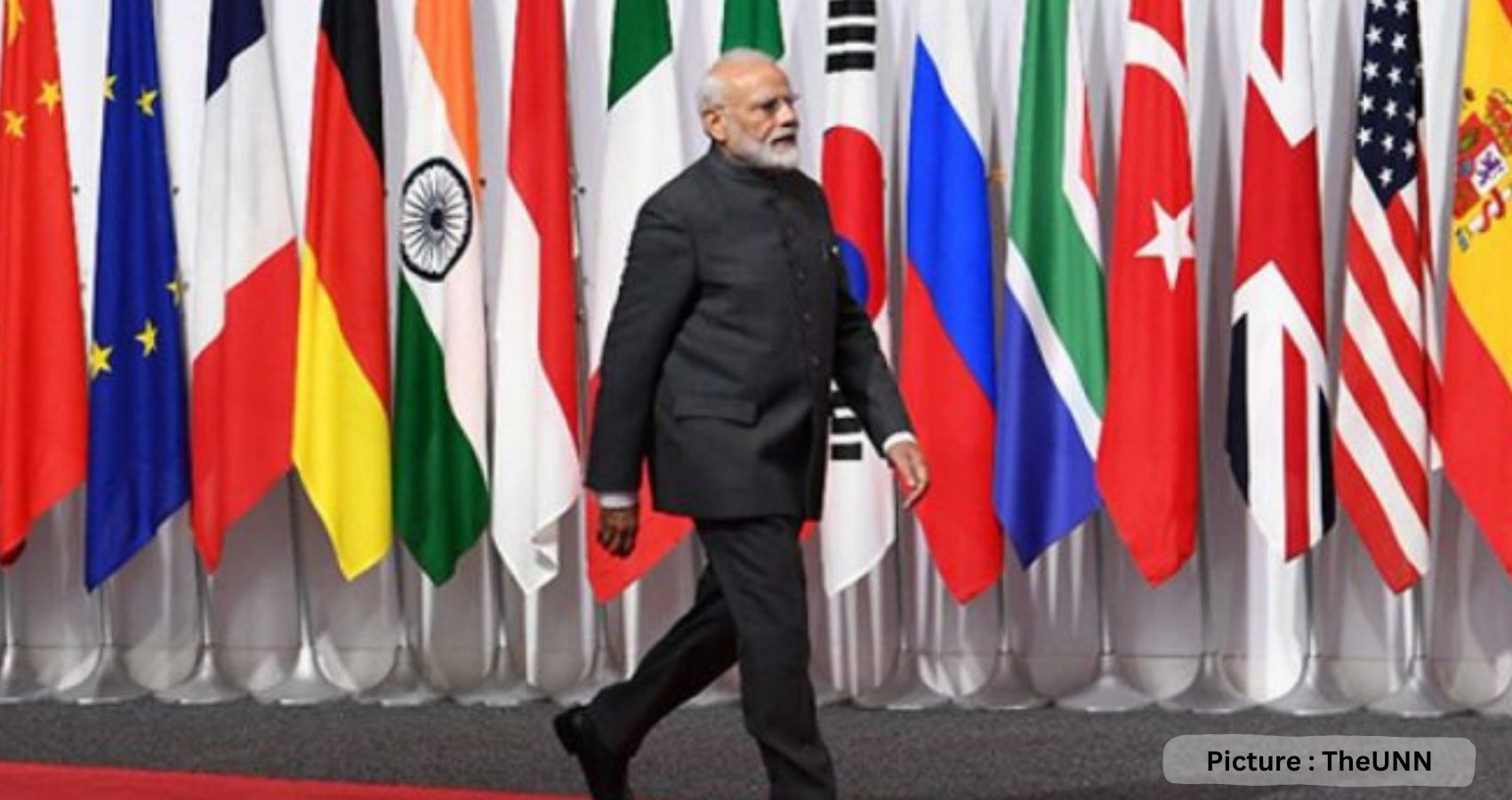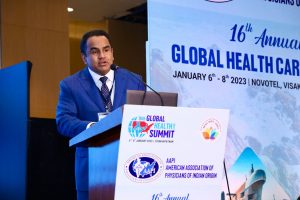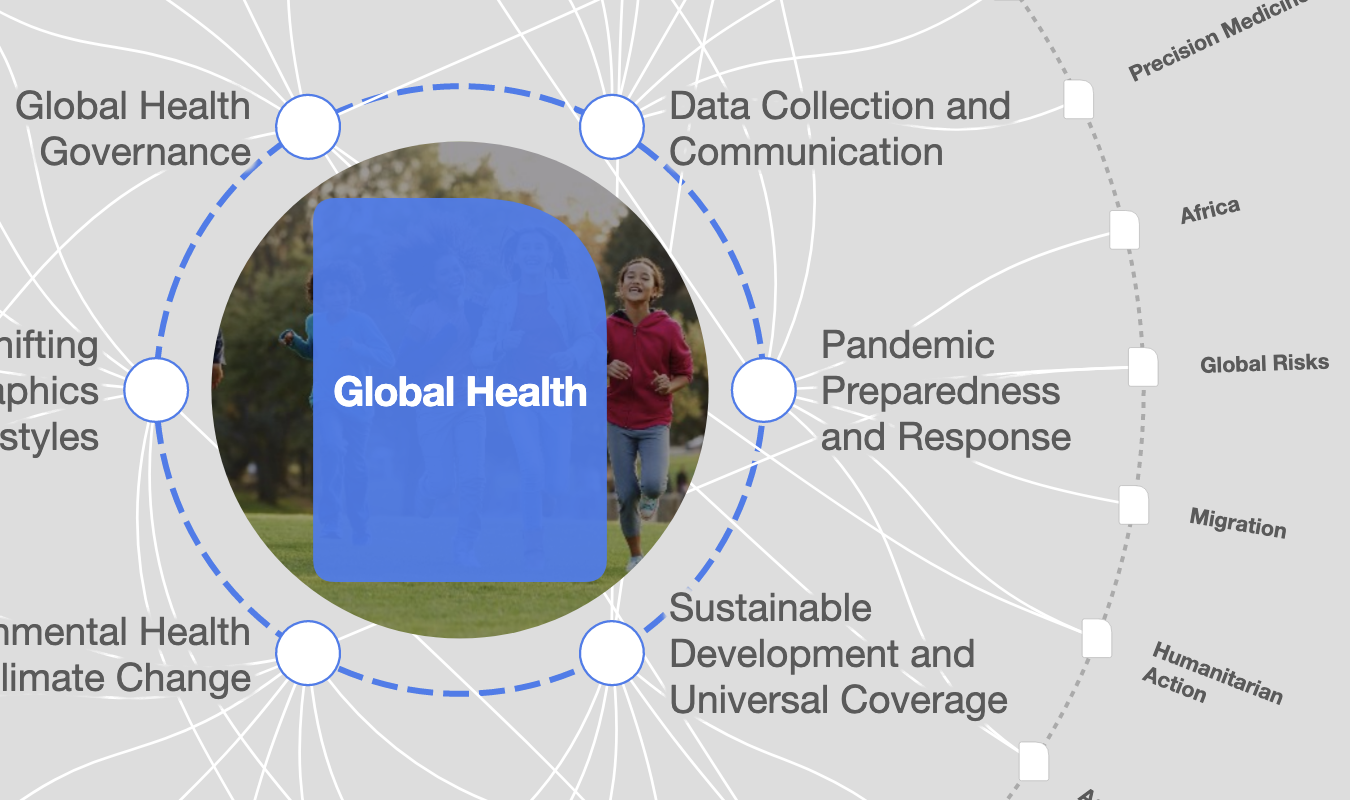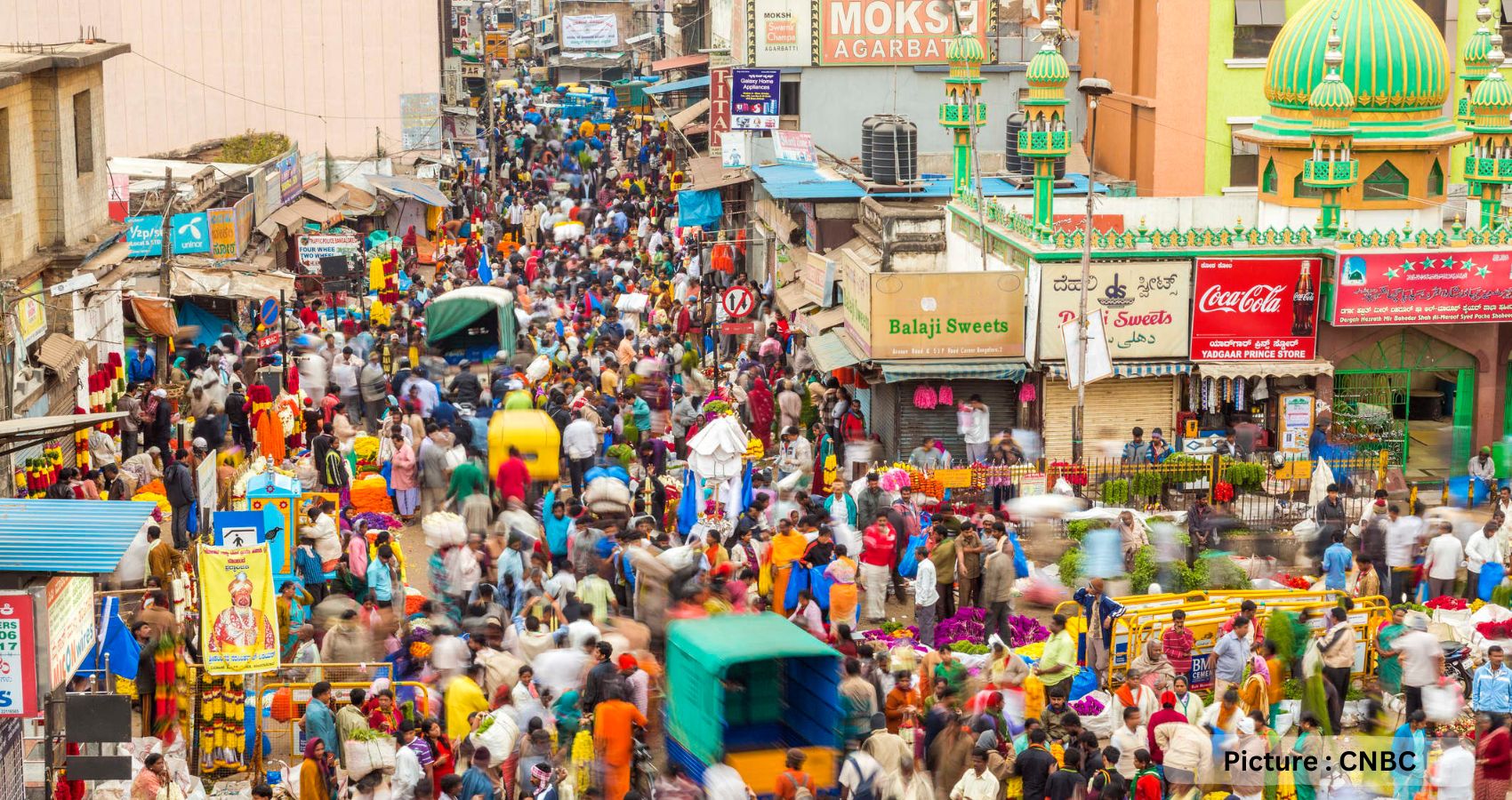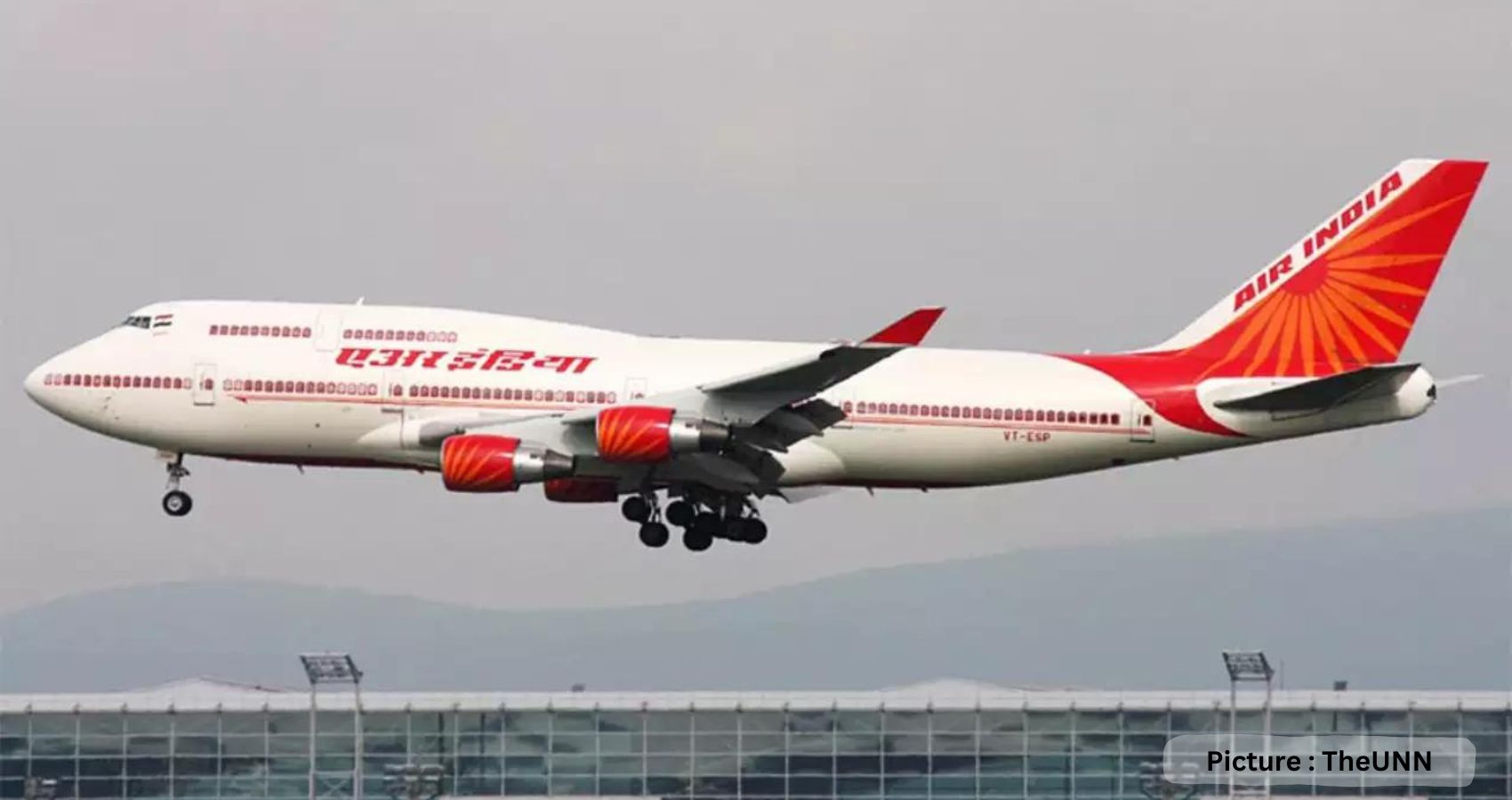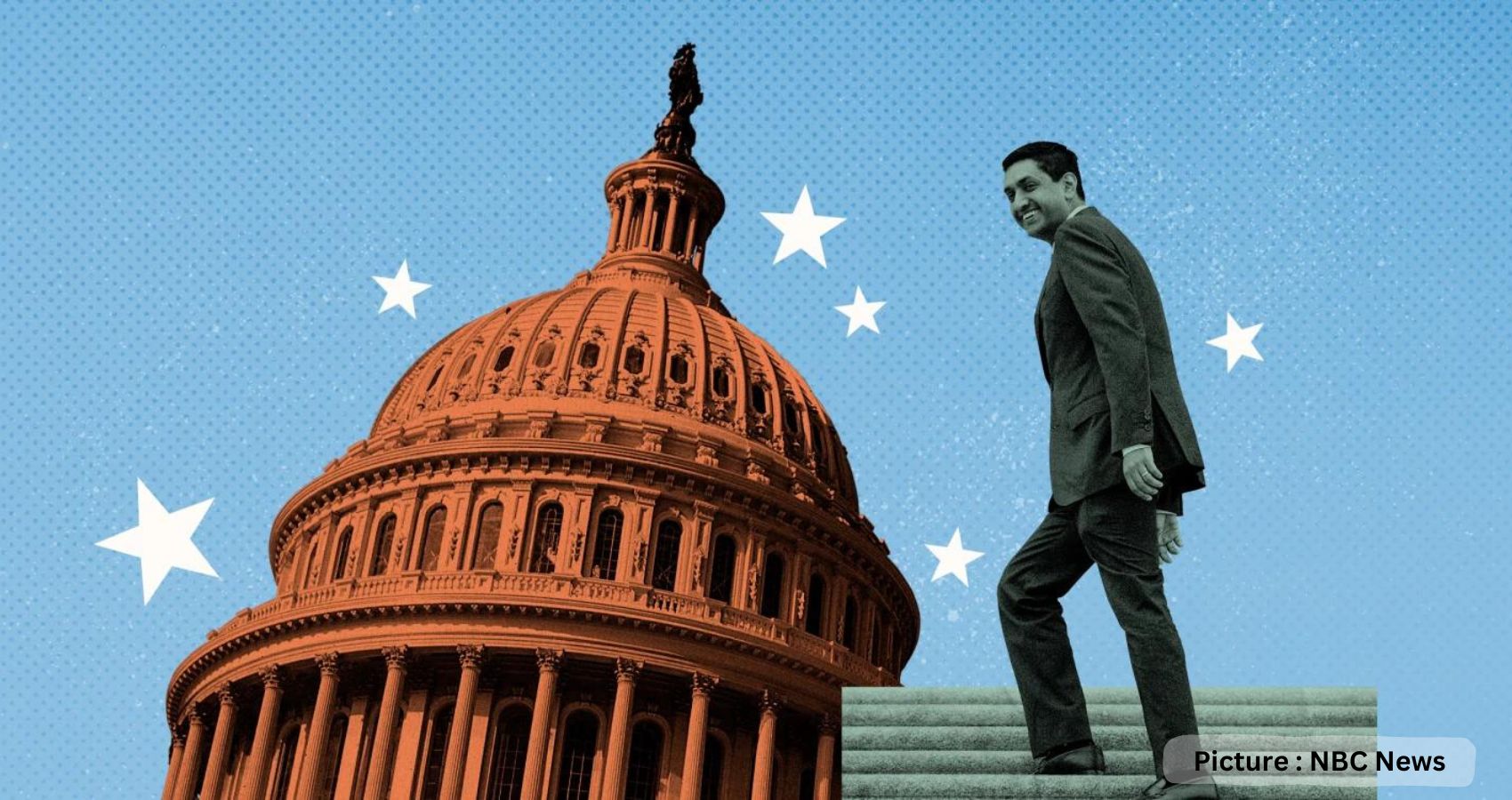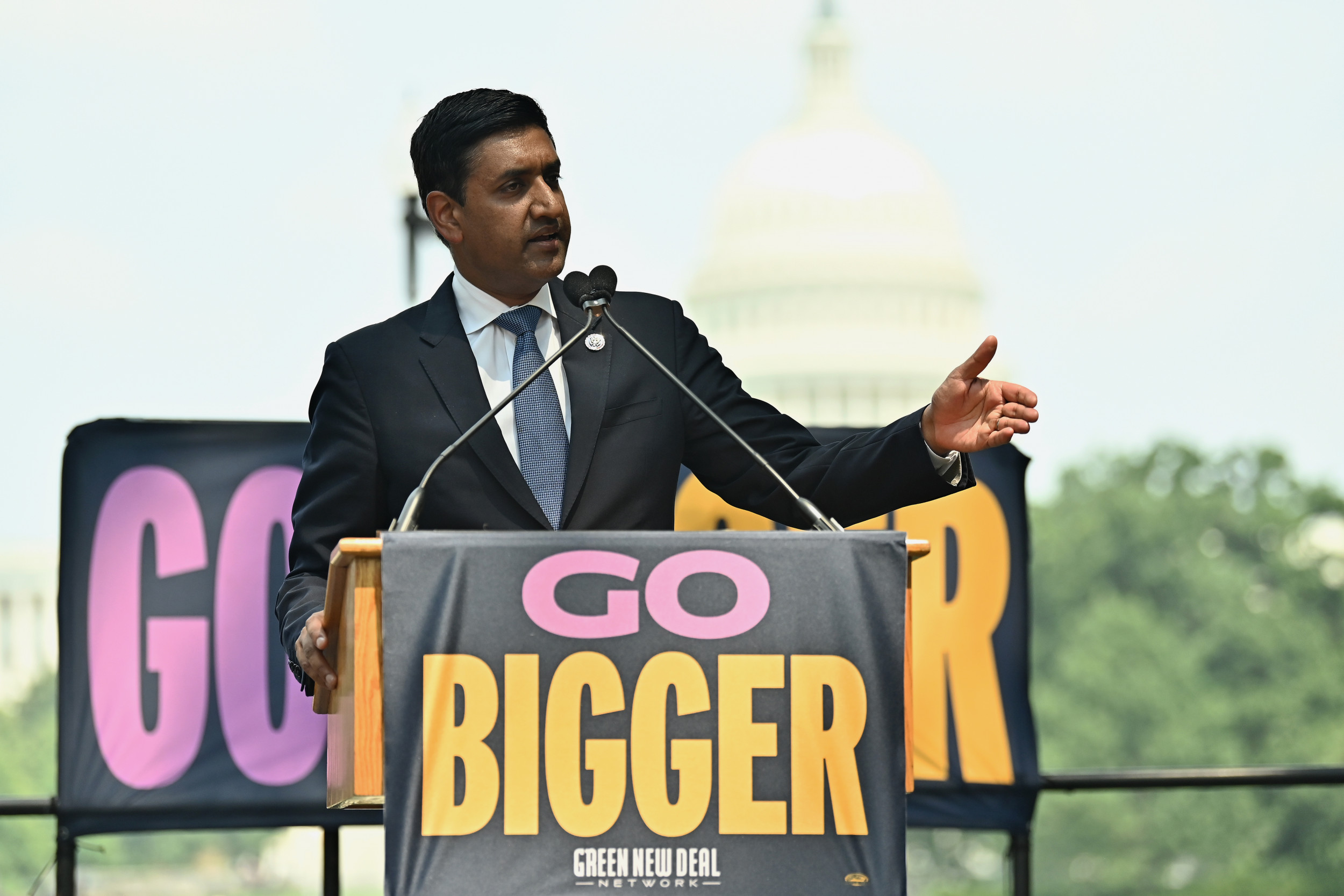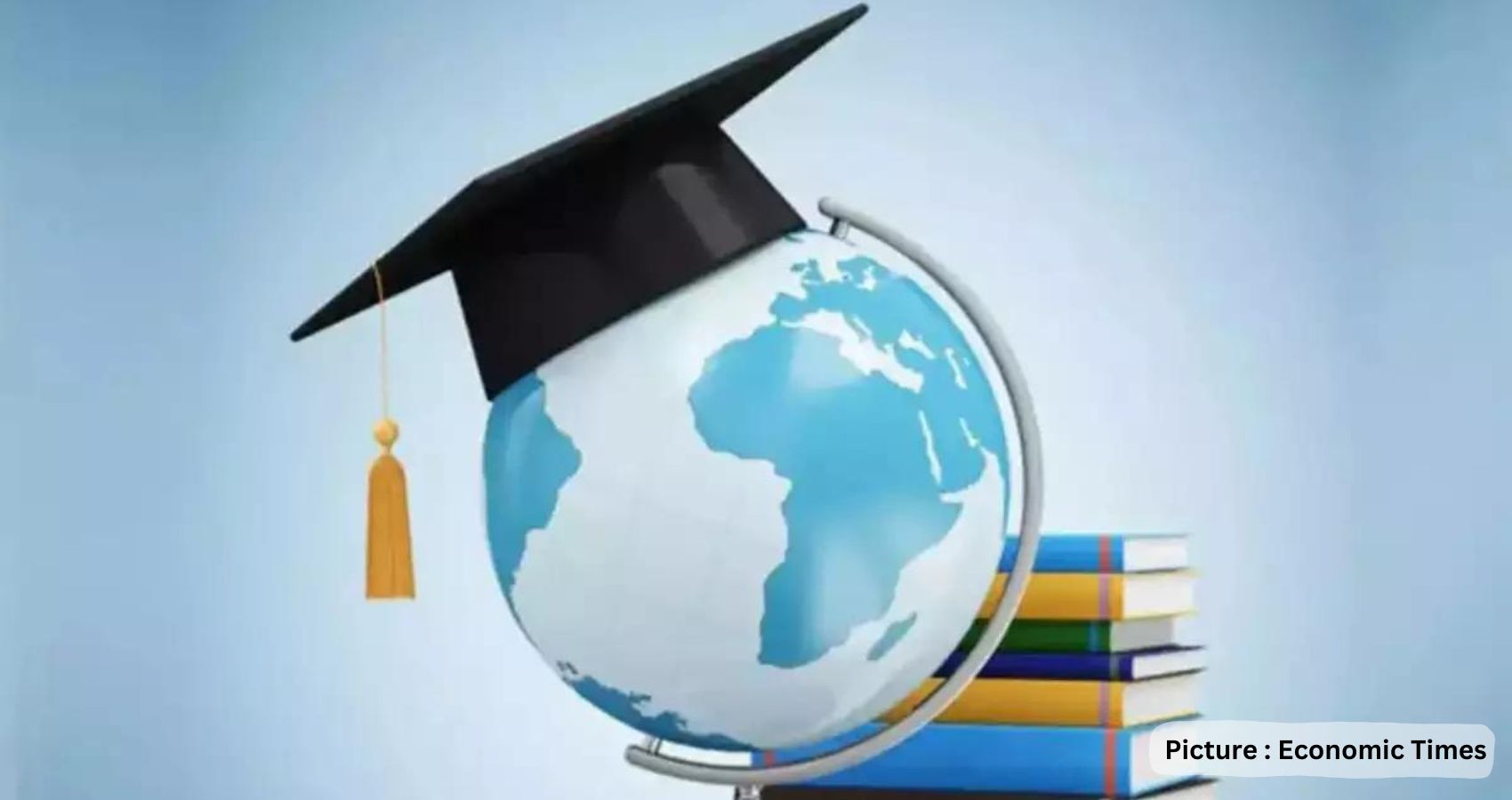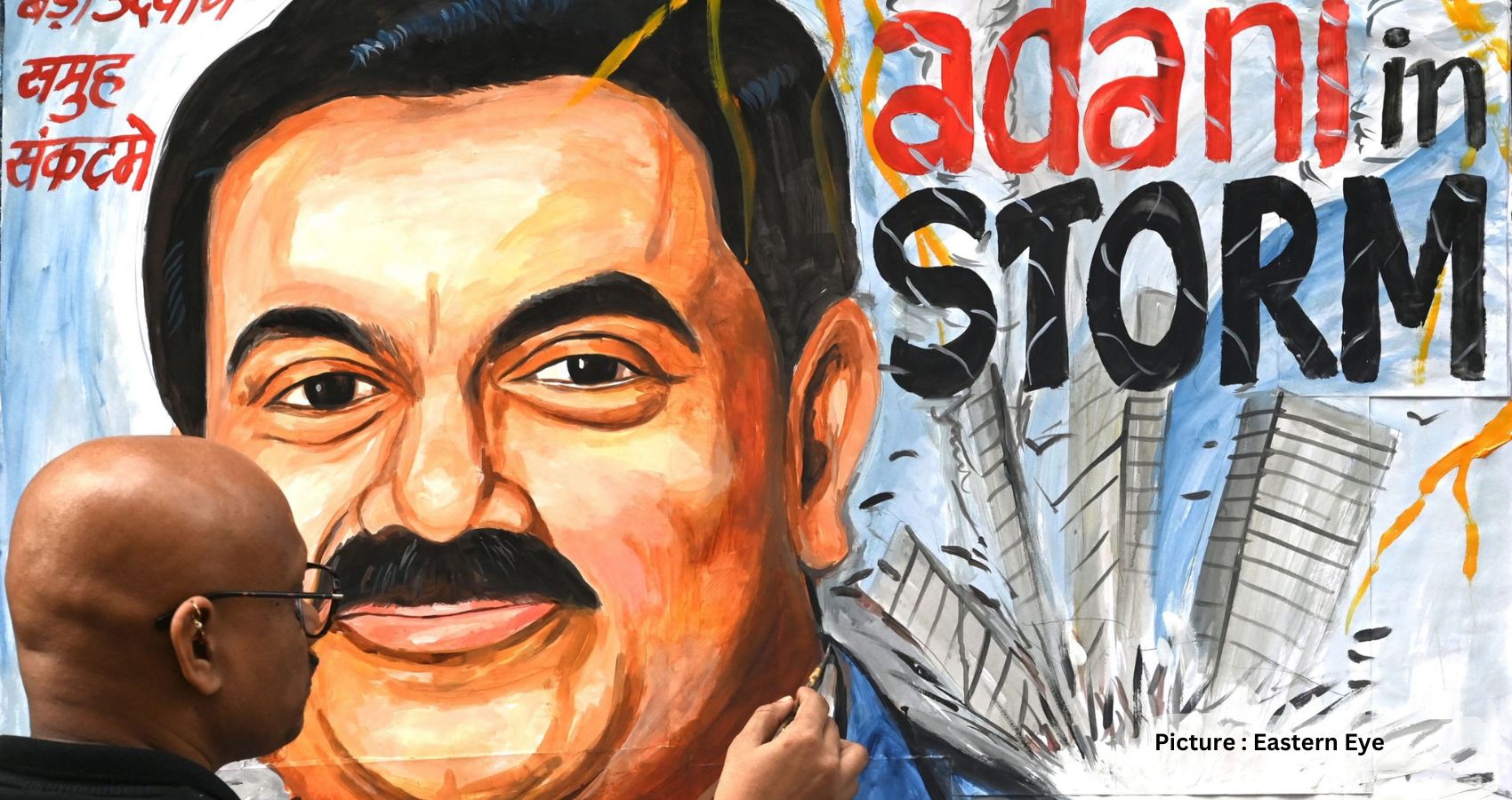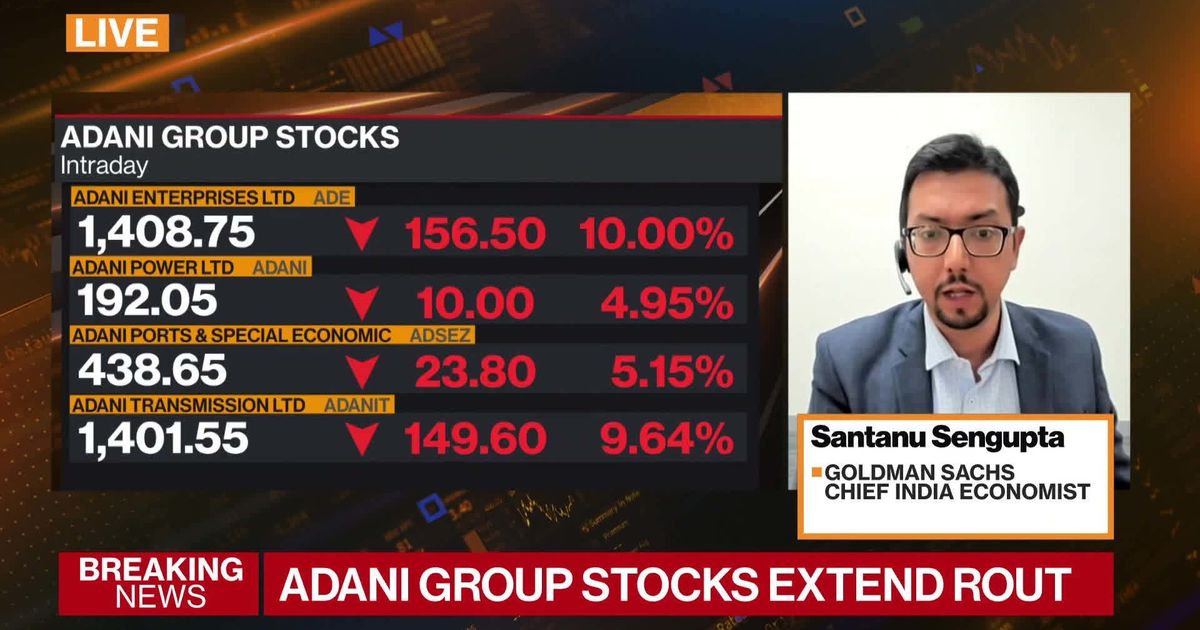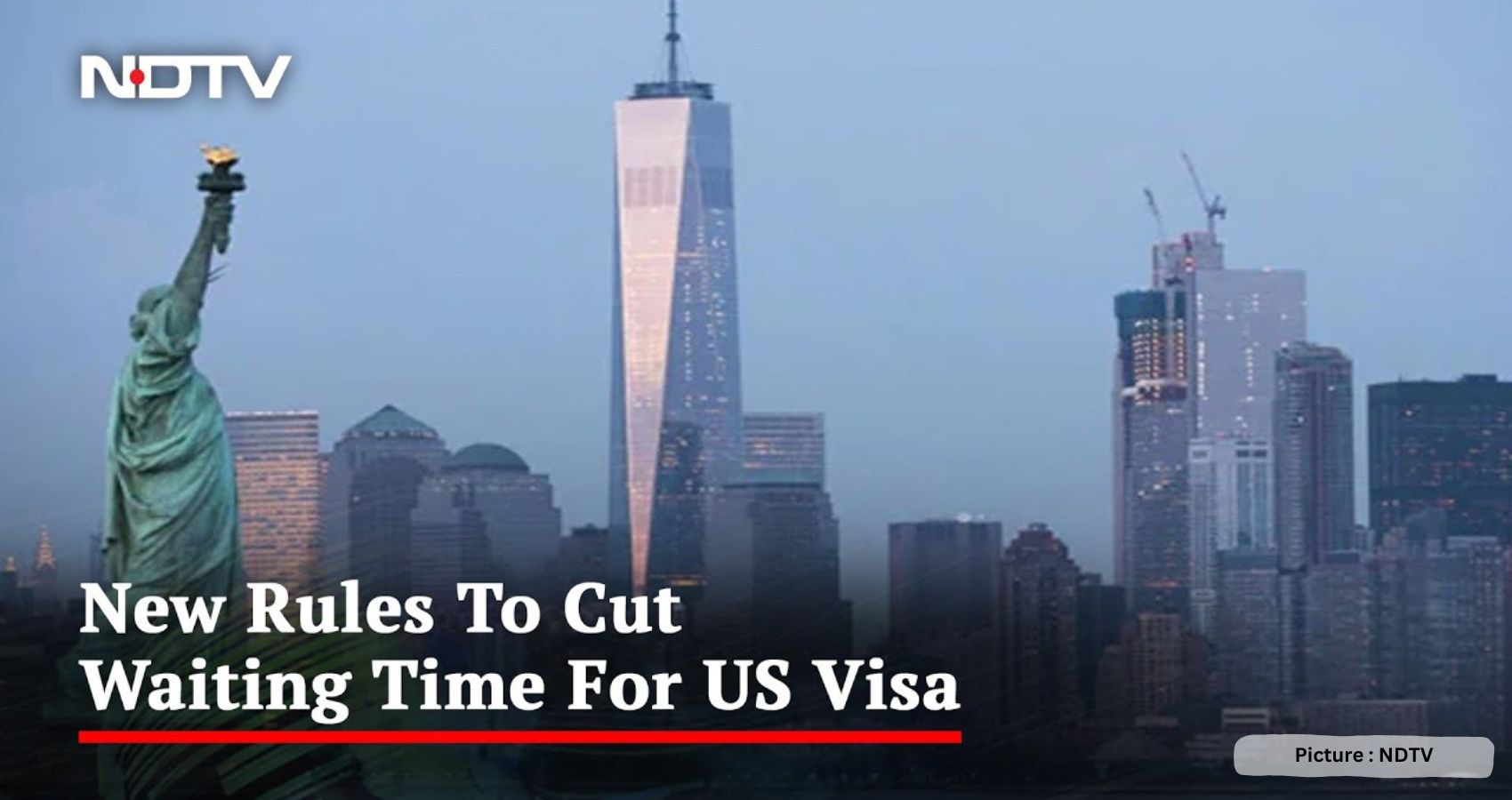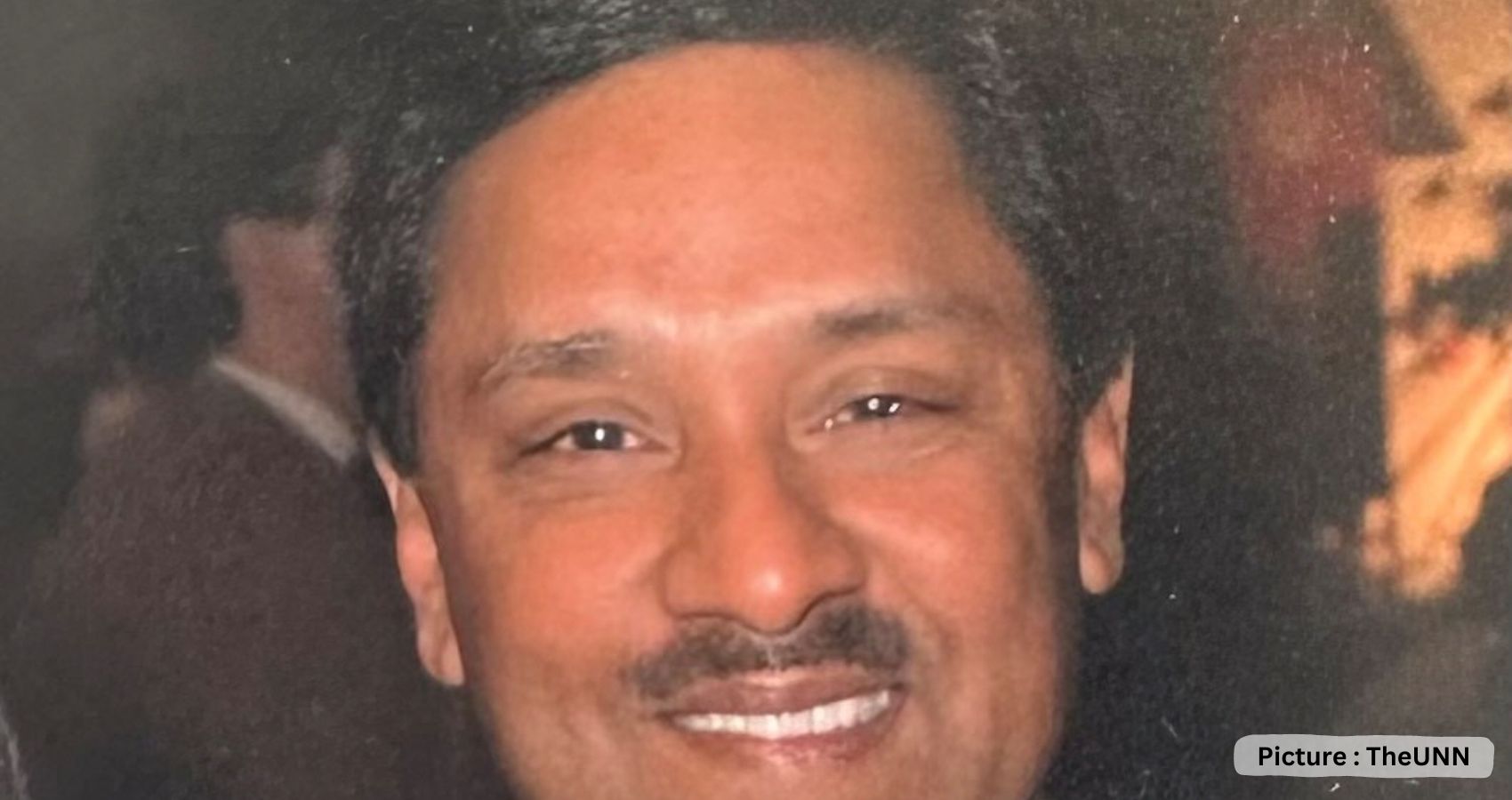(AP) — The Seattle City Council on Tuesday added caste to the city’s anti-discrimination laws, becoming the first U.S. city to ban caste discrimination and the first in the world to pass such a law outside South Asia.
Calls to outlaw discrimination based on caste, a division of people based on birth or descent, have grown louder among South Asian diaspora communities in the United States. But the movement has been getting pushback from some Hindu Americans who argue that such legislation maligns a specific community.
Tensions within the community were visible at Seattle City Hall on Tuesday as a noisy hearing culminated with a 6-1 vote with a majority of the council agreeing that caste discrimination crosses national and religious boundaries and that without such laws, those facing caste discrimination in the U.S. will have no protections.
The packed room, which overflowed with activists from both sides bearing banners, chanting slogans, challenging speakers and city officials as they made their comments, laid bare stark divisions over this issue within the South Asian diaspora. A majority of those present in council chambers were supporters of the ordinance and those opposed were a vocal minority.
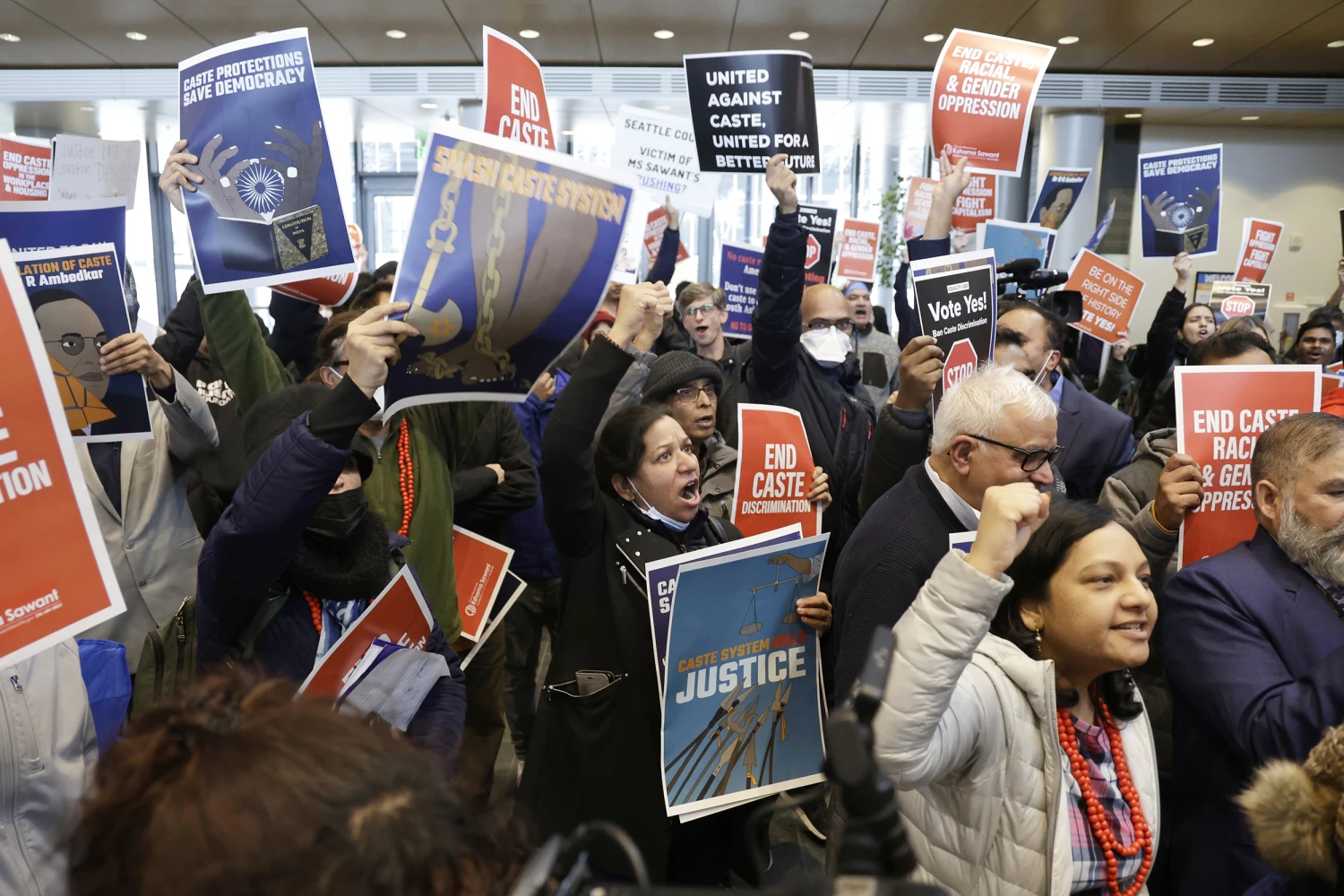
As council members voted in favor of the ordinance, the chamber erupted into cheers of “Jai Bhim,” which means “victory for Bhim” a rallying cry adopted by followers of B.R. Ambedkar, an Indian Dalit rights icon whose given name was Bhimrao. Dalit groups and their supporters say caste discrimination is prevalent in U.S. diaspora communities, manifesting itself in the form of social alienation and discrimination in housing, education and the tech sector where South Asians hold key roles.
Yogesh Mane, a Seattle resident who grew up as an untouchable in India, broke into tears as he heard the council’s decision.
“I’m emotional because this is the first time such an ordinance has been passed anywhere in the world outside of South Asia,” he said. “It’s a historic moment.”
Thenmozhi Soundararajan, executive director of Oakland, California-based Equality Labs, whose advocacy work along with community partners continues to push caste discrimination laws forward, called the council vote “a culture war that has been won.”
Seattle first US City to ban caste discrimination
Seattle City Council on Tuesday added caste to the city’s anti-discrimination laws, becoming the first U.S. city to specifically ban caste discrimination (Feb. 22) (AP video/Manuel Valdes)
“We got the support of over 200 organizations from Seattle and around the country,” she said. “It’s a powerful message that Dalit people are not alone. The South Asian community has united to say we want to heal from the trauma of caste.”
Council Member Kshama Sawant, a socialist and the only Indian American on the City Council, said the ordinance, which she proposed, does not single out one community, but it accounts for how caste discrimination crosses national and religious boundaries. Sawant said the council received over 4,000 emails in support of the ordinance.
“We’ve heard hundreds of gut-wrenching stories over the last few weeks showing us that caste discrimination is very real in Seattle,” she said.
Council Member Sara Nelson who cast the lone dissenting vote agreed with opponents calling the ordinance “a reckless, harmful solution to a problem for which we have no data or research.”
“This could generate more anti-Hindu discrimination and could dissuade employers from hiring South Asians,” she said. “The community that is being impacted is deeply divided on this issue.”
Nelson also said the ordinance would also get the city entangled in legal battles to which Sawant responded: “Bring it on.” Sawant said being fearful of lawsuits is not the way to effect progress or change.
Council Member Lisa Herbold questioned opponents’ logic that the law singles out Hindus and people of Indian descent. “That’s like saying gender discrimination laws single out all men,” she said. “And just because we have a small population that is experiencing (caste discrimination) that doesn’t make it any less important.”
Shobha Swamy, a representative of the Coalition of Hindus of North America said she was disappointed by the council deliberations and line of questioning. The group said they received a show of support from over 100 organizations. “Due diligence wasn’t done,” said Swami, who flew in from Atlanta.
C.H. Srikrishna, a San Francisco Bay Area-based tech worker, said he is worried about the ramifications this ordinance might have for the South Asian community.
“I too want discrimination to end,” he said. “But we need to first determine that widespread discrimination exists.”
Srikrishna, who is Hindu, believes the ordinance does target his religion. “When you say it originated 2,000 years ago, that is implicitly blaming Hinduism,” he said. “That bothers me. I feel betrayed.”
Sanjay Patel, a tech company owner from the Seattle area, said he never felt discriminated against in the U.S. as a member of a lower caste and that the ordinance pained him because it reminded him of a caste identity, which he thought had become obsolete.
“I fear with this law, businesses will be afraid to hire South Asians,” he said. Earlier Tuesday morning, several activists braved cold temperatures and wind gusts to line up outside City Hall so they would get a chance to speak to the council before the vote. But the council restricted public comment at the meeting where more than 300 people had requested to speak virtually and in person. They heard about half of the comments before moving on to deliberations and the vote.
The origins of the caste system in India can be traced back 3,000 years as a social hierarchy based on one’s occupation and birth. It is a system that has evolved over the centuries under Muslim and British rule. The suffering of those who are at the bottom of the caste pyramid — known as Dalits — has continued. Caste discrimination has been prohibited in India since 1948, a year after the nation’s independence from British rule.
The U.S. is the second most popular destination for Indians living abroad, according to the Migration Policy Institute, which estimates the U.S. diaspora grew from about 206,000 in 1980 to about 2.7 million in 2021. The group South Asian Americans Leading Together reports that nearly 5.4 million South Asians live in the U.S. — up from the 3.5 million counted in the 2010 census. Most trace their roots to Bangladesh, Bhutan, India, Nepal, Pakistan and Sri Lanka.
Over the past three years, several colleges and university systems have moved to prohibit caste discrimination. In December 2019, Brandeis University near Boston became the first U.S. college to include caste in its nondiscrimination policy. The California State University System, Colby College, Brown University and the University of California, Davis have all adopted similar measures. Harvard University instituted caste protections for student workers in 2021 as part of its contract with its graduate student union.

